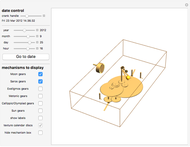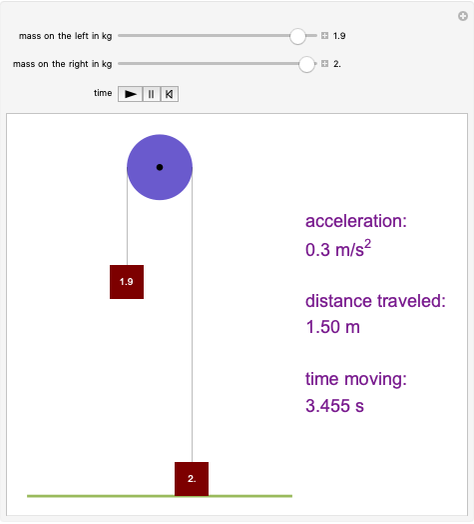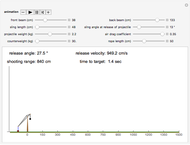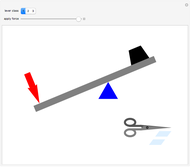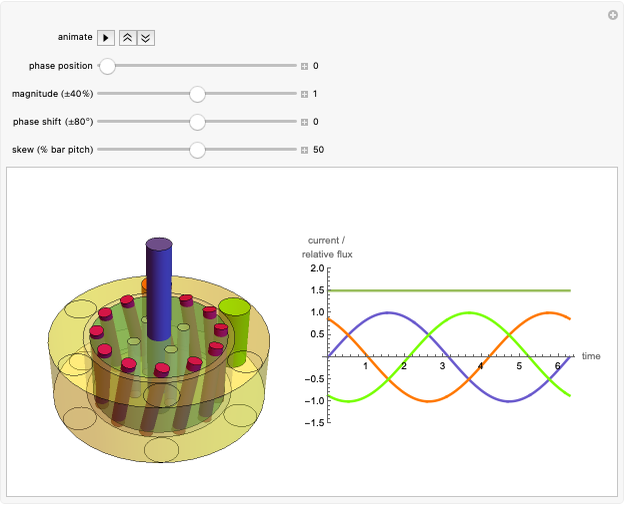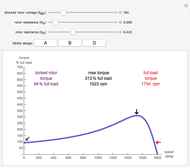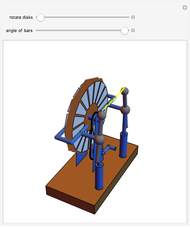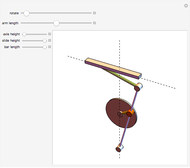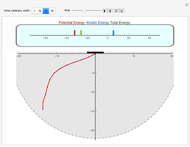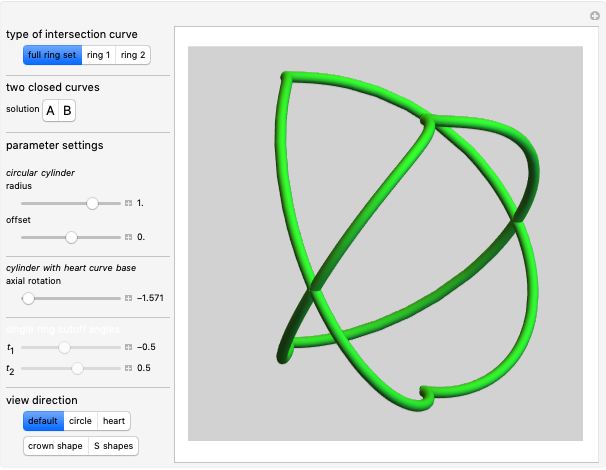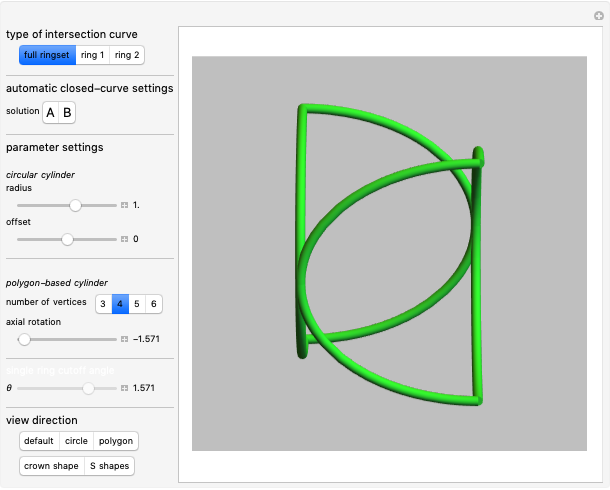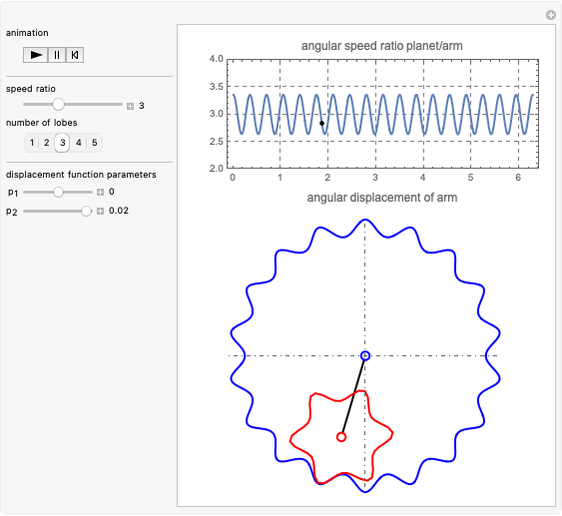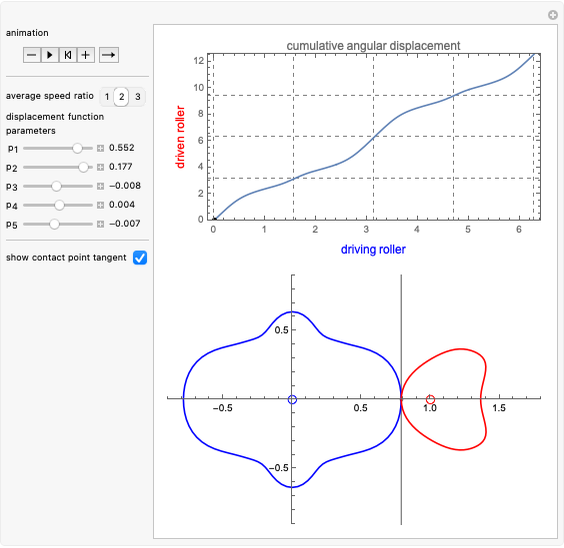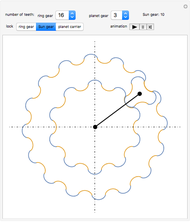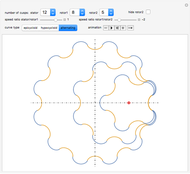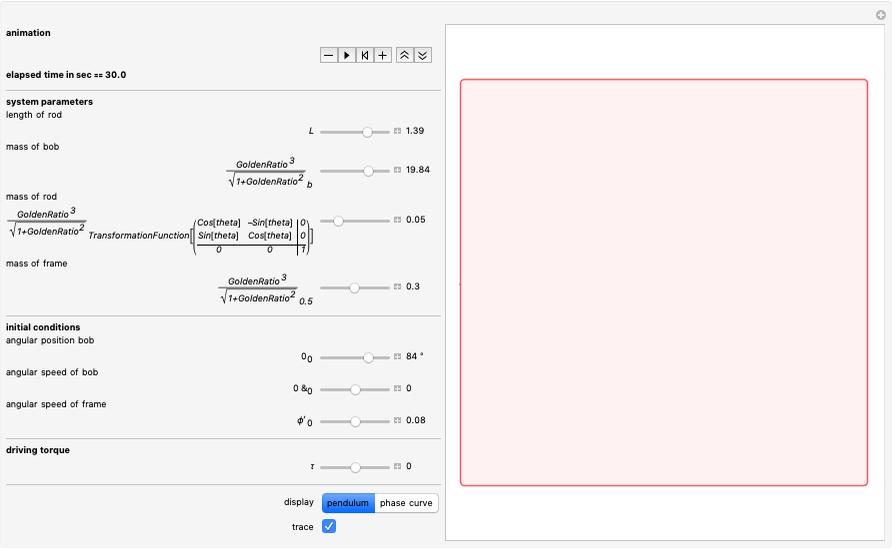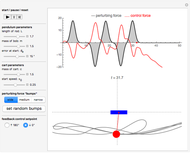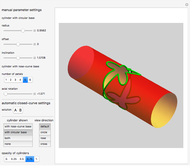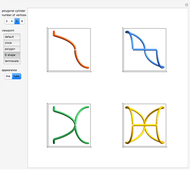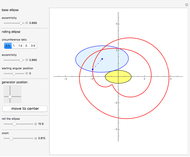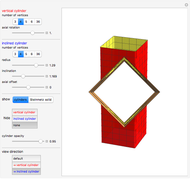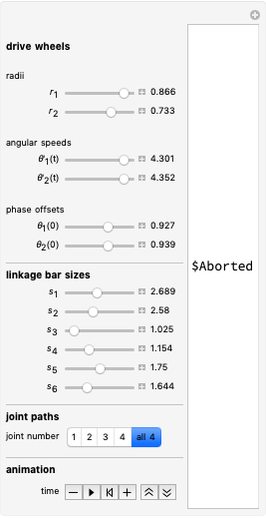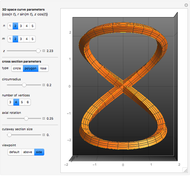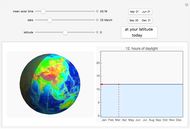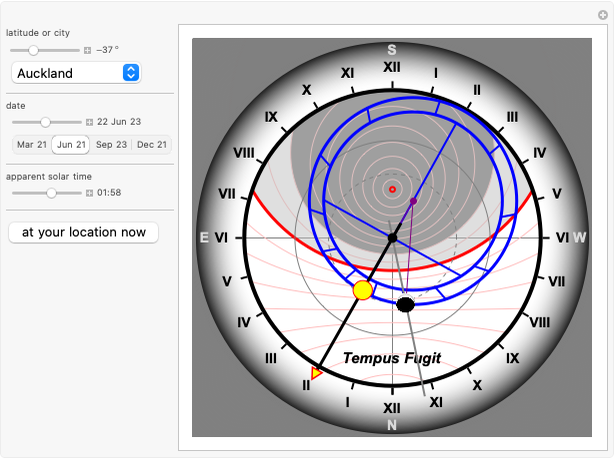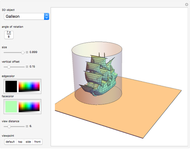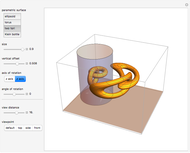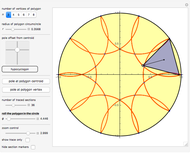Optimizing the Counterweight Trebuchet

Requires a Wolfram Notebook System
Interact on desktop, mobile and cloud with the free Wolfram Player or other Wolfram Language products.
This Demonstration simulates a counterweight trebuchet and lets you change several parameters to optimize the shooting range.
[more]
Contributed by: Erik Mahieu (March 2012)
With additional contributions by: Franz Brandhuber
Open content licensed under CC BY-NC-SA
Snapshots
Details
The trebuchet model is similar to that of a pendulum assembly with three degrees of freedom:
 are the angles with the vertical of the beam, the counterweight, and the sling;
are the angles with the vertical of the beam, the counterweight, and the sling;
 are the weights of the projectile and the counterweight;
are the weights of the projectile and the counterweight;
 are the lengths of the beam's long and short ends, the rope that holds the counterweight and the sling.
are the lengths of the beam's long and short ends, the rope that holds the counterweight and the sling.
Drag, friction, and the weight of the beam are neglected in this Demonstration.
The Lagrangian of this system is obtained from the equilibrium of the potential and kinetic energies of its parts ( is the force of gravity):
is the force of gravity):

This results in the three equations of motion:



Solving these with the "EventLocator" method of NDSolve, we catch the sling when it is at the desired angle to release the projectile.
Reference
[1] E. E. Viollet-le-Duc, "Diagram of a Trebuchet," Dictionnaire Raisonné de l'Architecture Française du XIe au XVe Siècle, Paris: Bance, 1858.
Permanent Citation







